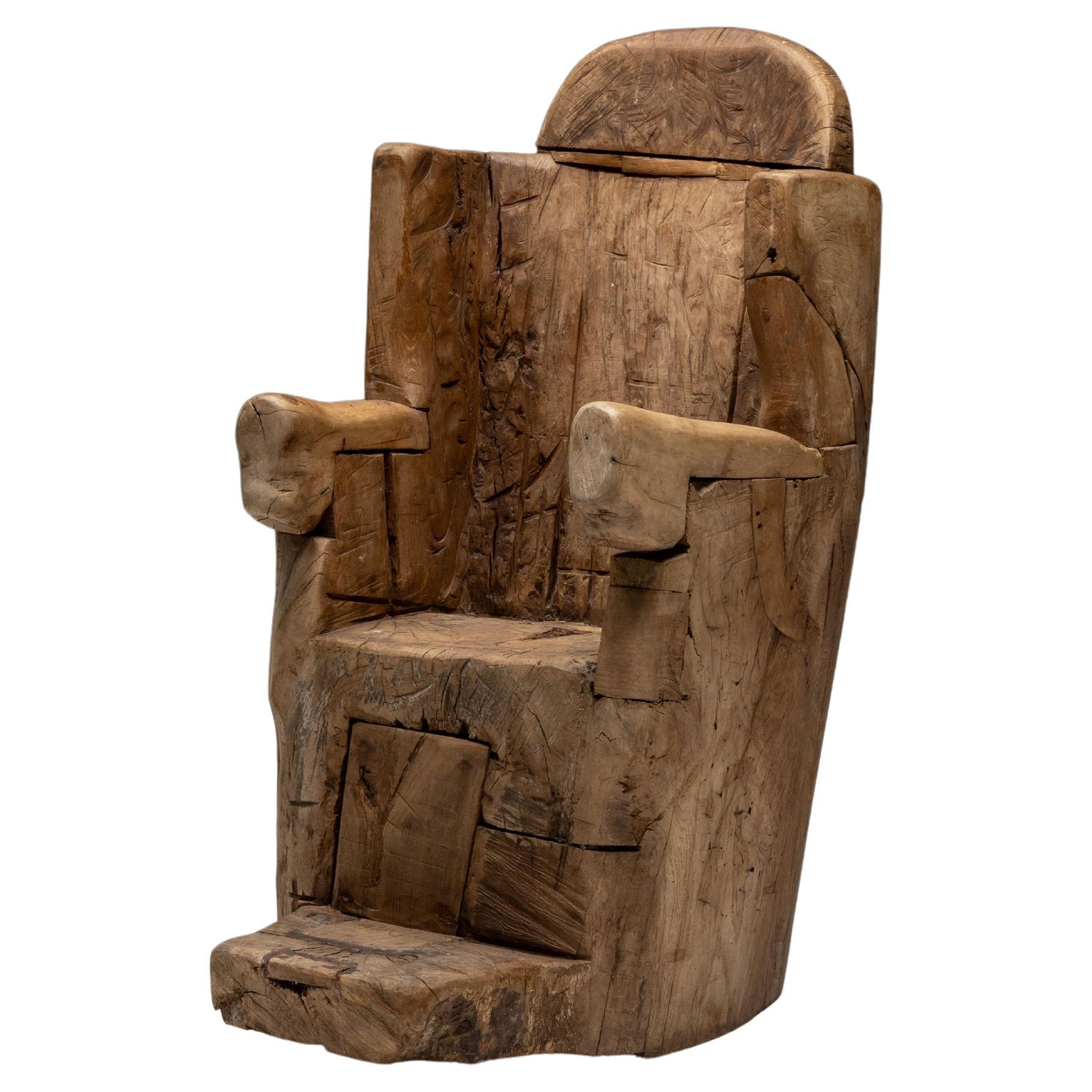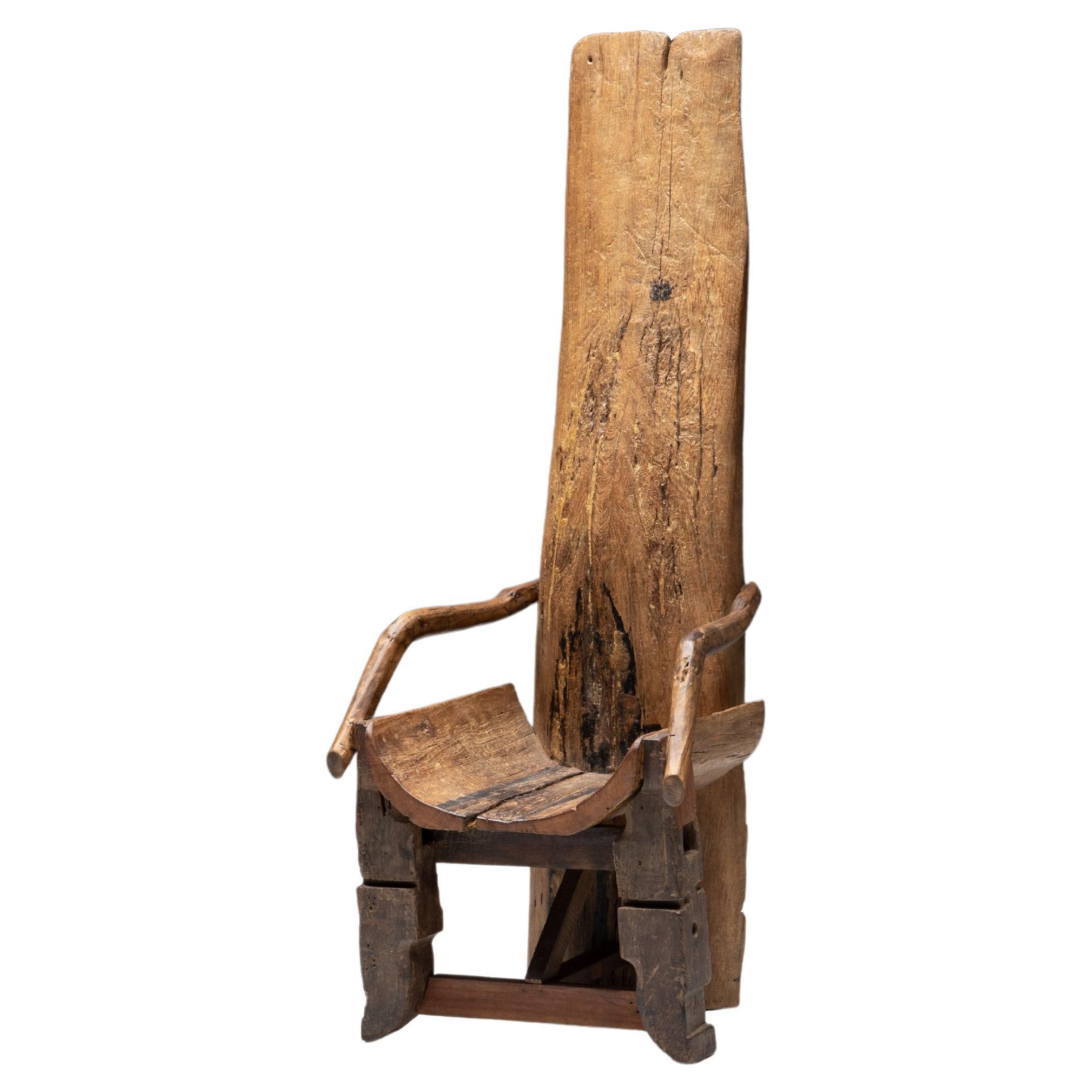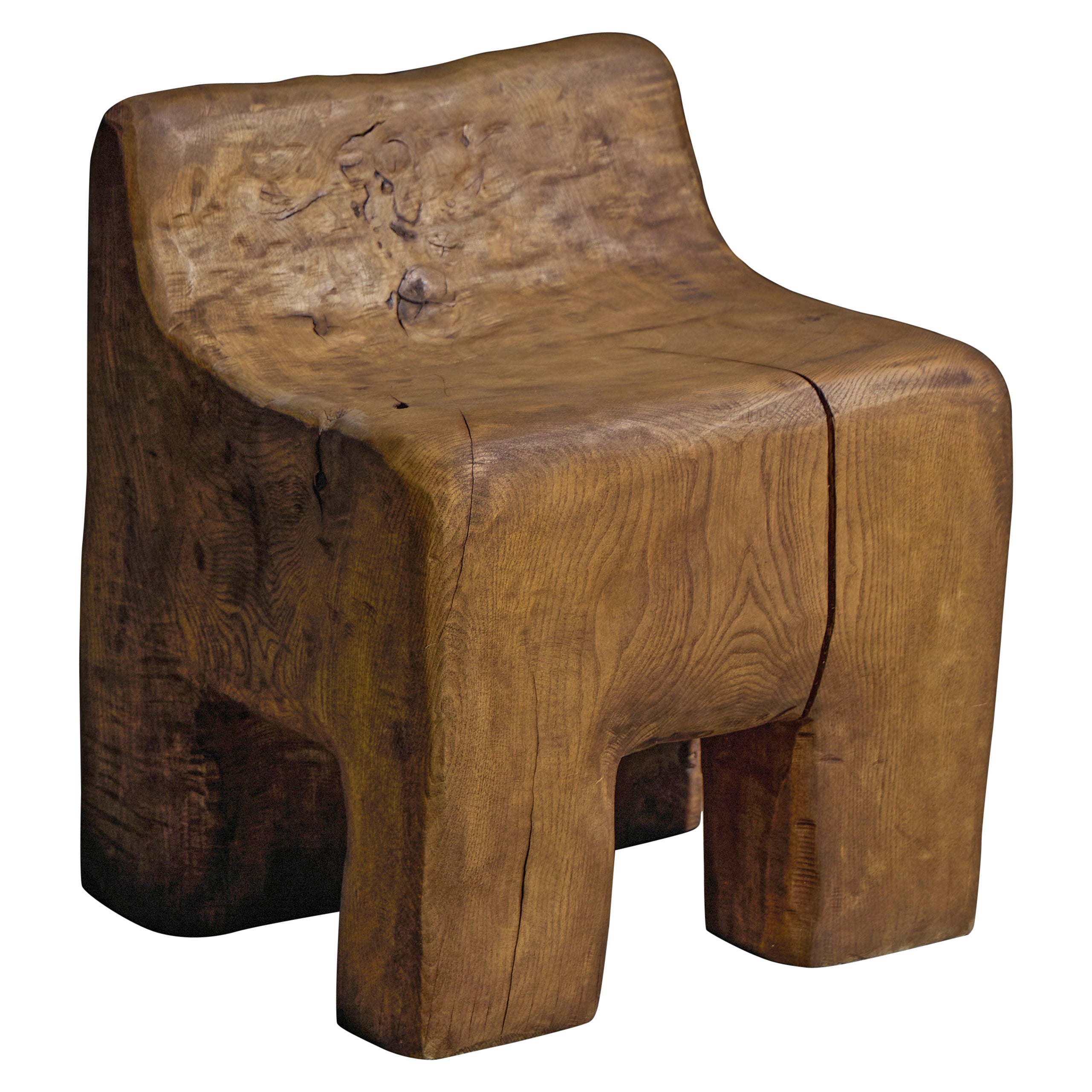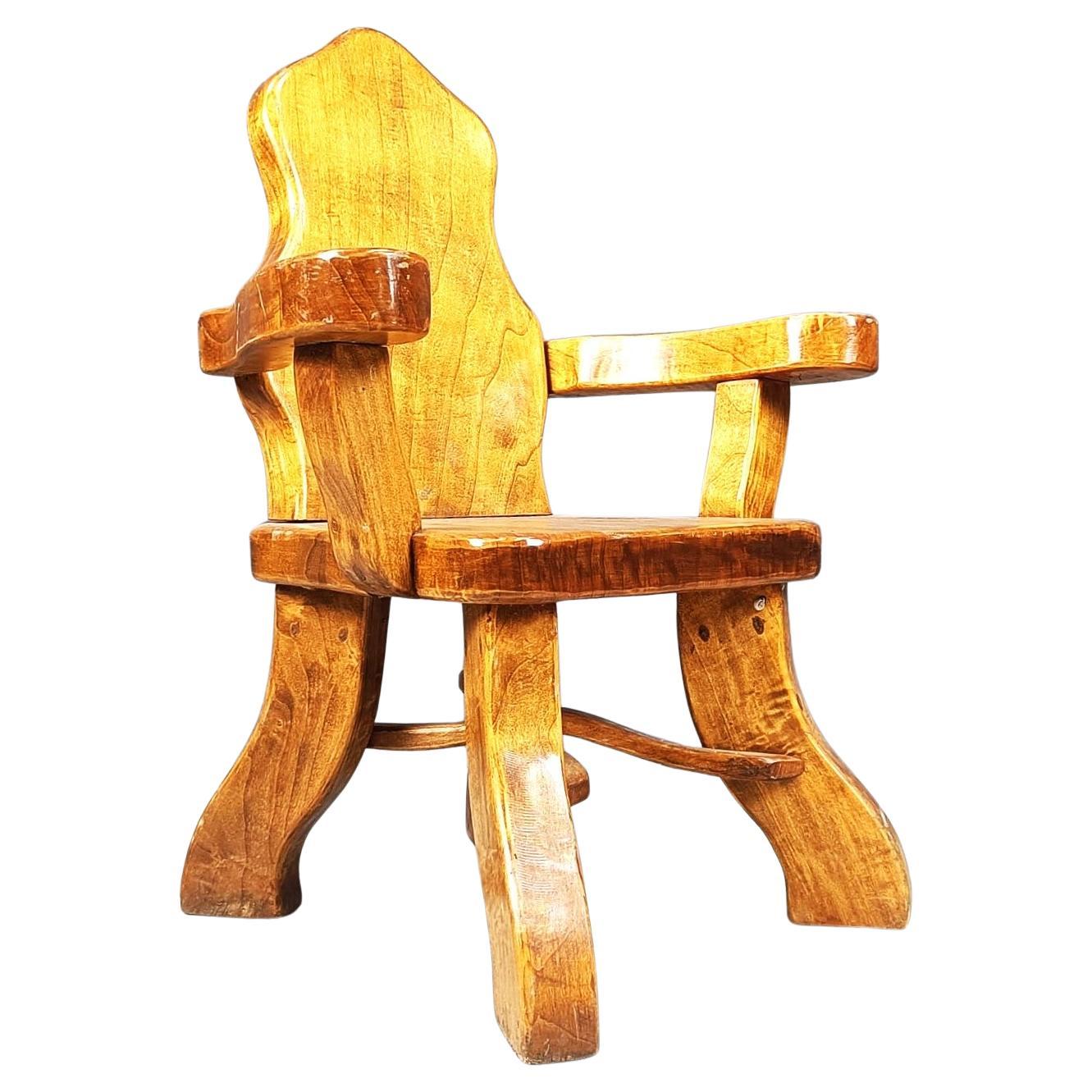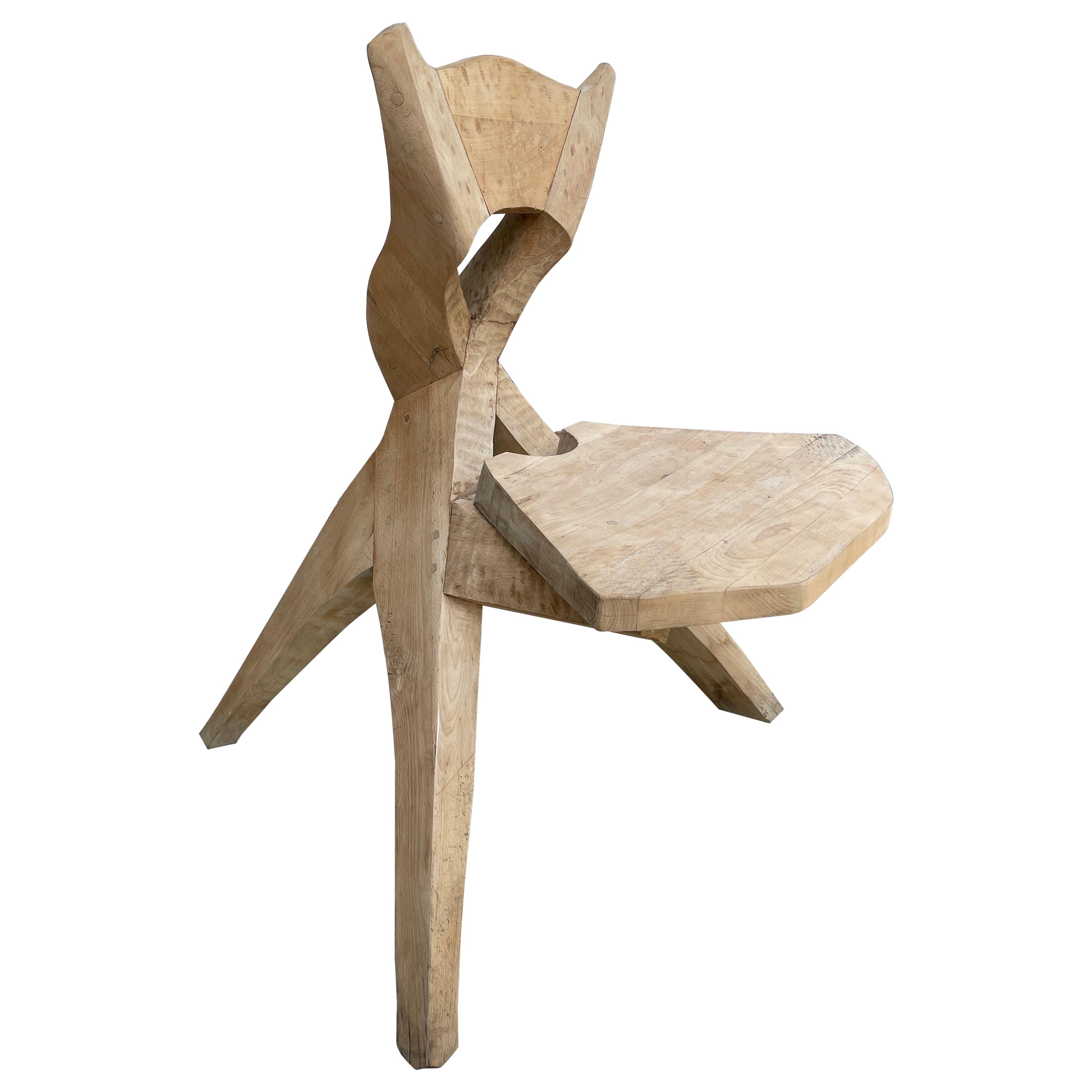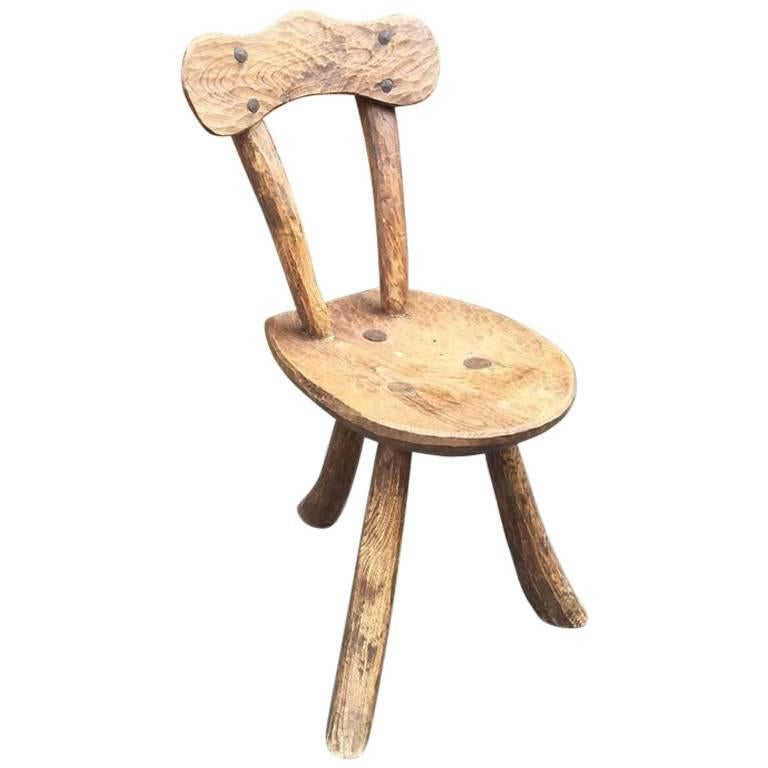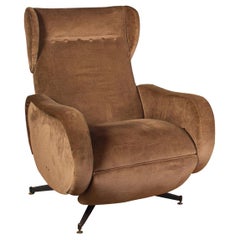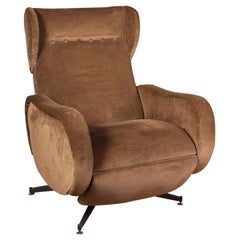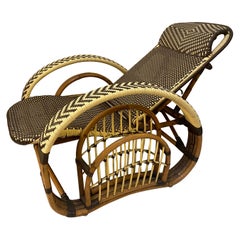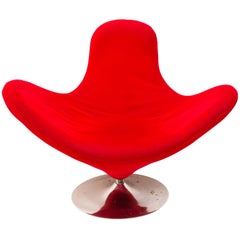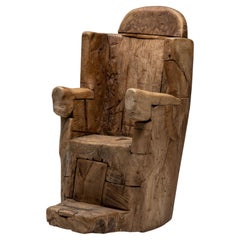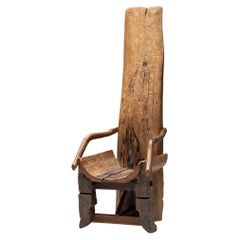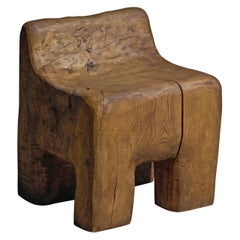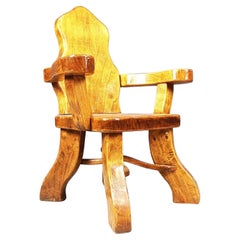Items Similar to Brutalist Sculptural Primitive Chair 1960's-1970's Tansania
Want more images or videos?
Request additional images or videos from the seller
1 of 7
Brutalist Sculptural Primitive Chair 1960's-1970's Tansania
$21,395.28
$26,744.1120% Off
£15,932.81
£19,916.0120% Off
€18,000
€22,50020% Off
CA$29,539.08
CA$36,923.8520% Off
A$32,748.44
A$40,935.5520% Off
CHF 17,210.58
CHF 21,513.2320% Off
MX$400,787.15
MX$500,983.9420% Off
NOK 214,942.66
NOK 268,678.3220% Off
SEK 201,745.19
SEK 252,181.4920% Off
DKK 137,046
DKK 171,307.5020% Off
About the Item
Koncz Vilmos (1932 – 2006). He started painting at the age of 30, using the following techniques: charcoal, pastel, oil. He has had solo exhibitions eight times in Budapest, and his works have been featured in seventeen group exhibitions worldwide. He was an experimental creator. Its more than 420 works include glass mosaics, terracotta, copper embossing and furniture carving. After his death, most of his oeuvre was “lost”. A decade and a half passed from painting to the first carvings. Middle Eastern and African culture had a major impact on his further artistic work. Traveled and created in Baghdad, Kuwait, Beirut and Tanzania. He became acquainted with the ancient folk art of the Makonde tribe, with carvings of ebony and ivory, which changed his creative career. When he made an authentic bracelet out of ivory, decorated with African motifs, the members of the tribe welcomed him among themselves. He became the tribe’s "Mister Vili." An exhibition of his painted paintings was held at the Kilimanjaro Hotel. He learned the machining of copper from the Arabs and the making of glass mosaics, and the tricks of jewelry making from the Hindus. He had forty large sculptures erected in various settlements of Hungary, mostly multi-field, made with a circular carving technique. Everything from ornaments on the table to the three-meter-high monument was found in his oeuvre. The Tiszakürt Arboretum also houses two wooden sculptures made of circular carvings: Tasso and the Tanzanian family tree. Donated works of his hometown: the 1956 headboard, the “Jászok” and “Kunok” (Old Hungarian Tribes), the “Flute”, the “Kolompolás” (Ringing the Bell) and the “Winged Altar”. In the 1980s, he also made carvings for the Budapest Zoo and Botanical Garden. His Ars Poetic was: “I do what I love, which drives from within, because I want to leave marks behind that I once existed and perhaps not uselessly” (2002). The term "Brutalist" originated from Le Corbusier’s Cité Radieuse housing development in Marseille, France, designed in the late 1940s. It was awash in béton brut, which translates to "raw concrete.”… The brutalist architecture was popular from the 1950s to the mid-'70s and most often institutionally commissioned: many brutalist structures are schools, churches, public housing, and government buildings. This new wave is not only influenced famous architects but also cabinetmakers, designers, artists and creators around the Globe. This “Brutalist” chair from the 1940’s-1950’s made of hand carved massive wood, decorated with floral and figurative elements, such as trees, houses, humans and the sun.
- Dimensions:Height: 39.37 in (100 cm)Width: 31 in (78.74 cm)Depth: 19.69 in (50.02 cm)
- Style:Brutalist (Of the Period)
- Materials and Techniques:
- Period:
- Date of Manufacture:1960
- Condition:Wear consistent with age and use.
- Seller Location:Rome, IT
- Reference Number:1stDibs: LU985927839342
About the Seller
5.0
Platinum Seller
Premium sellers with a 4.7+ rating and 24-hour response times
Established in 1883
1stDibs seller since 2013
950 sales on 1stDibs
Typical response time: 2 hours
- ShippingRetrieving quote...Shipping from: Rome, Italy
- Return Policy
Authenticity Guarantee
In the unlikely event there’s an issue with an item’s authenticity, contact us within 1 year for a full refund. DetailsMoney-Back Guarantee
If your item is not as described, is damaged in transit, or does not arrive, contact us within 7 days for a full refund. Details24-Hour Cancellation
You have a 24-hour grace period in which to reconsider your purchase, with no questions asked.Vetted Professional Sellers
Our world-class sellers must adhere to strict standards for service and quality, maintaining the integrity of our listings.Price-Match Guarantee
If you find that a seller listed the same item for a lower price elsewhere, we’ll match it.Trusted Global Delivery
Our best-in-class carrier network provides specialized shipping options worldwide, including custom delivery.More From This Seller
View AllItalian Midcentury Reclinable Lounge Chair or Armchair, 1950
Located in Rome, IT
Original Mid-Century Modern reclinable lounge chair or chaise longue.
This extremely comfortable reclinable chair and can be set in several positions, with or without the footrest e...
Category
Vintage 1950s Italian Mid-Century Modern Lounge Chairs
Materials
Iron
$5,216 Sale Price
20% Off
Italian Midcentury Reclinable Lounge Chair or Armchair, 1950
Located in Rome, IT
Original Mid-Century Modern reclinable lounge chair or chaise longue.
This extremely comfortable reclinable chair and can be set in several positions, with or without the footrest e...
Category
Vintage 1950s Italian Mid-Century Modern Lounge Chairs
Materials
Iron
$5,229 Sale Price
20% Off
Midcentury Adjustable Lounge Chair by Paul Frankl 1950 '
By Paul Frankl
Located in Rome, IT
Original Mid-Century Modern reclinable Bamboo and Rattan three -stand lounge chair features stylized pretzel arms.
It has a wonderful design with a classic look. Providing comfort a...
Category
Vintage 1950s North American Mid-Century Modern Lounge Chairs
Materials
Iron
Calla Armchair by Stefano Giovannoni, Italy, 1980
By Stefano Giovannoni
Located in Rome, IT
Extravagant armchair designed by Stefano Giovannoni, is a beautiful example of how aesthetics can be combined with comfort.
Category
21st Century and Contemporary Italian Modern Armchairs
Materials
Metal
$5,705 Sale Price
8% Off
Extremely Comfortable Midcentury Reclinable Lounge Chairs or Armchairs 1950
Located in Rome, IT
Pair of original Mid-Century Modern reclinable lounge chair or chaise longue with precious white velvet with bronze color insert new uphostery.
This extremely comfortable reclinable...
Category
Vintage 1950s Italian Mid-Century Modern Lounge Chairs
Materials
Iron
Extremely Comfortable Pair of Armchairs by Afra e Tobia Scarpa Italy 70'
By Afra & Tobia Scarpa
Located in Rome, IT
A Very comfortable pair of vintage "Coronado" lounge chairs in very good original condition. Original brown leather designed by Afra & Tobia Scarpa for B&B Italia. Gorgeous Italian...
Category
Vintage 1960s Italian Mid-Century Modern Armchairs
Materials
Wood, Leather
You May Also Like
Brutalist Monoxylite Throne Chair, France, 19th Century
Located in Antwerp, BE
Carved from a single massive block of wood, this 19th-century monoxylite throne chair embodies ancestral handwork. Its sculptural form features deeply textured surfaces, organic crac...
Category
Antique 19th Century French Brutalist Armchairs
Materials
Wood
Brutalist Monoxylite Throne Chair, France, 19th Century
Located in Antwerp, BE
19th century monoxylite throne chair, exuding an unparalleled sense of craftsmanship, reflecting the passion and skill of its makers. This chair is an exceptional piece of history, m...
Category
Antique Early 19th Century European Brutalist Armchairs
Materials
Wood
Sculptural Brutalist Hand-Carved Chair, France, 2024
Located in Antwerp, BE
This sculptural side chair was crafted in 2024 from reclaimed solid wood. Soft curves and gentle undulations form an ergonomic seat, while deep fissures and expressive grain patterns...
Category
2010s French Brutalist Side Chairs
Materials
Wood
Vintage brutalist armchair, 1960s (Multiple pieces in stock)
Located in Leuven, Vlaams Gewest
Sturdy solid oak brutalist armchairs.
These armchairs are surely the most solid we've ever seen. Thick pieces of oak have been used to create these ever lasting armchairs.
They ar...
Category
Vintage 1960s German Brutalist Armchairs
Materials
Oak
European Studio Art Chair in Carved Wood In the Manner of Jean Touret
Located in North Miami, FL
This carved wood Studio Chair is in the Manner of Jean Touret, Poland 1970s.
Architecturally exquisite and perfect for high design spaces.
Category
Vintage 1970s Bulgarian Brutalist Chairs
Materials
Wood
Brutalist Rustic Modern Sculptured Chair in Elm in the Style of Alexandre Noll
By Alexandre Noll
Located in Saint-Ouen, FR
Brutalist rustic modern sculptured chair in elm in the style of Alexandre Noll
Measures: seat height 37 cm.
Category
Vintage 1950s French Brutalist Chairs
Materials
Elm
More Ways To Browse
Sculptural Bracelet
Used Furniture Budapest
Brutalist House
Used Church Chairs
Glass Fluted 1960
Globe Chair
Brutalist Ring
Government Chair
Wood Hindu
Botanical Chair
African Ebony Wood
Ebony Wood Carving
Folk Art 1960s Wood Sculpture
Ebony Carved Chair
Painted Primitive Table
French Mosaic Table
Vintage Tanzania
1932 Ring
